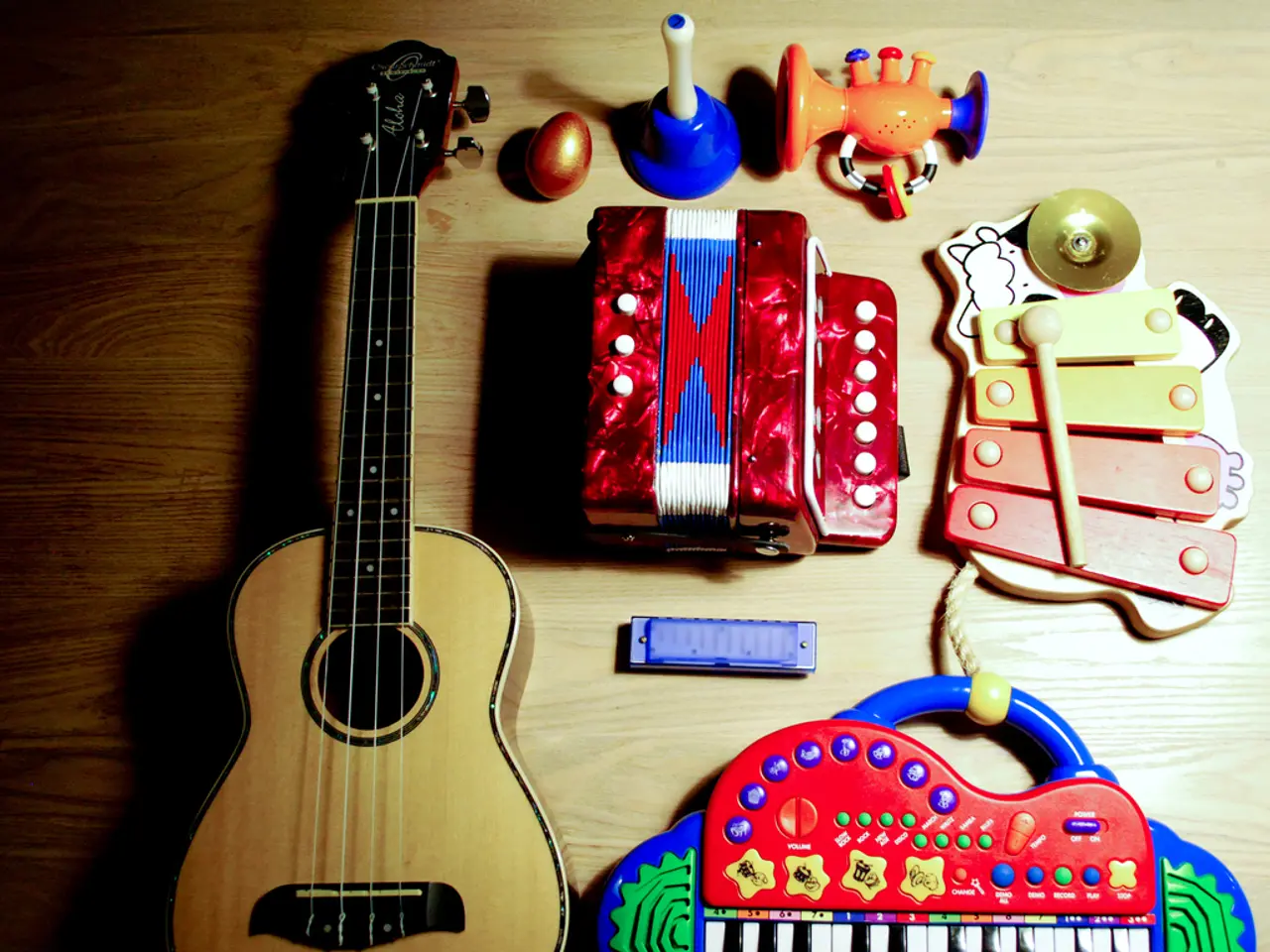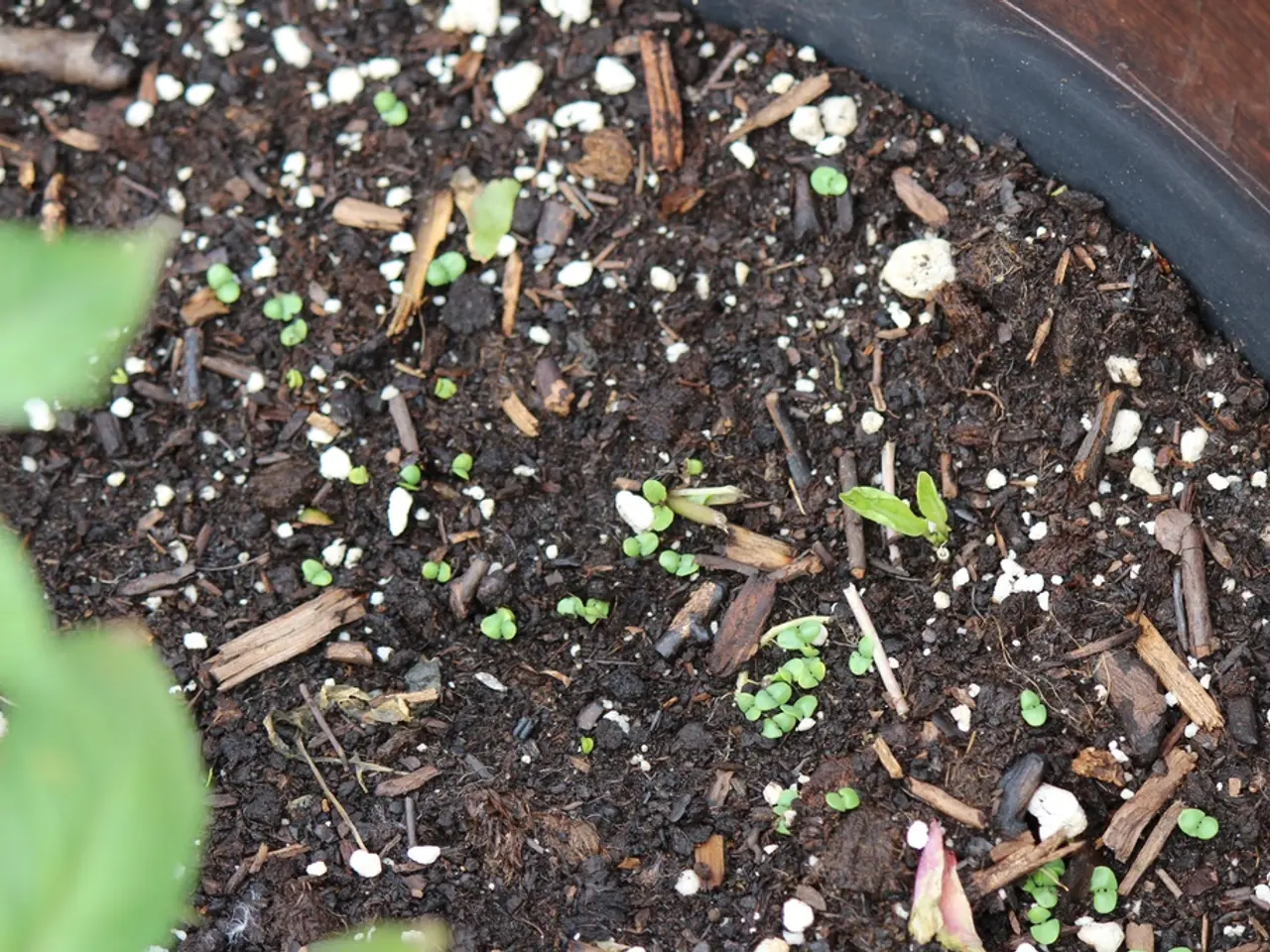Repaired Sawin Banjo Clock: Wood Dial Bezel Adjustment
In the world of antique and vintage clocks, every piece tells a story. One such story is that of a John Sawin banjo clock from the 1840s, which has been the subject of an ongoing restoration project for nearly a year.
The banjo clock, with its simplicity in case design that is appreciated, has undergone a series of repairs and renovations. The veneer issues on the two bottom corners of the banjo clock case have been addressed, and the old brass cable has been replaced. The age crack in the wood dial bezel, just above the number eleven, was initially repaired using hot hide glue. However, after a few weeks, the glue separated, leading to the purchase of a band clamp designed for furniture repair to ensure a more permanent fix.
The repair process was not without its challenges. Gorilla glue, known for its high bonding strength, was used to replace the hot hide glue. Wax paper was used to prevent residual glue from sticking to the band and the surface the bezel rests on. Despite these efforts, the age crack was likely present before purchase.
The hands of the banjo clock have been rubbed down with steel wool to remove rust, and the dial, a testament to the clock's history, was left untouched. The bottom section of the rails on both sides of the banjo clock has been re-glued, and four new bushings have been installed in the movement. A new dial glass has also been replaced.
John Sawin, a prolific Boston clockmaker of the 1840s, is believed to have crafted this banjo clock, and it shares features similar to the Simon Willard Patented Timepiece. The restoration work has culminated in a complete and functional banjo clock that looks stunning after 10 months of work.
For those interested in the intricacies of antique clock repair, we provide a guide on replacing the suspension spring in a banjo clock. This process involves removing the dial and pendulum, detaching the old suspension spring, obtaining a replacement, installing it, and reinstalling the pendulum and dial. Many vintage or antique clock part dealers and specialty horology stores sell suspension springs individually, allowing you to avoid buying the costly full pendulum assembly.
Subscribing to our email updates will provide the latest posts on such fascinating restoration projects and tips for antique clock enthusiasts. For those who prefer not to DIY, many clockmakers offer servicing for suspension springs and pendulum assemblies without requiring replacement of the entire unit, which could save cost and maintain the original stamped parts.
The restoration of this 181-year-old weight-driven banjo clock is a testament to the enduring charm of antique clocks and the passion of those who preserve them. As the clock ticks away, it continues to tell its story, a story of craftsmanship, history, and the joy of bringing a piece of the past back to life.
The restoration of the vintage John Sawin banjo clock, a piece that shares features similar to the Simon Willard Patented Timepiece, has brought new life to a 181-year-old home-and-garden item, demonstrating the enduring charm of antique clocks. This intricate process, followed by enthusiasts and hobbyists alike, underscores the role of these fabulous vintage clocks in shaping one's lifestyle.




